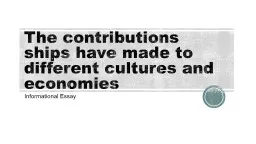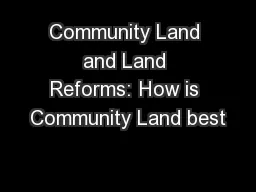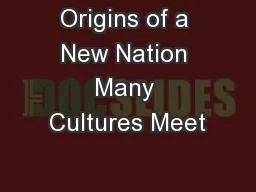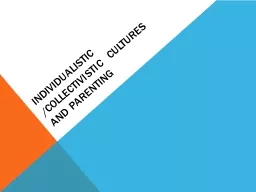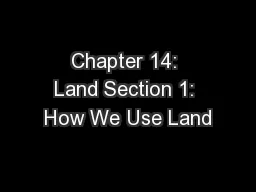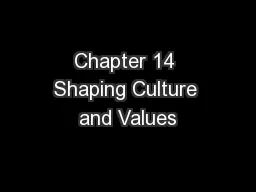PPT-Chapter 3 – Early Cultures in Our Land
Author : faustina-dinatale | Published Date : 2016-08-09
I The Earliest People Prehistoric people those who lived before recorded history Archaeologists scientists who study ancient cultures by examining what they have
Presentation Embed Code
Download Presentation
Download Presentation The PPT/PDF document "Chapter 3 – Early Cultures in Our Land" is the property of its rightful owner. Permission is granted to download and print the materials on this website for personal, non-commercial use only, and to display it on your personal computer provided you do not modify the materials and that you retain all copyright notices contained in the materials. By downloading content from our website, you accept the terms of this agreement.
Chapter 3 – Early Cultures in Our Land: Transcript
Download Rules Of Document
"Chapter 3 – Early Cultures in Our Land"The content belongs to its owner. You may download and print it for personal use, without modification, and keep all copyright notices. By downloading, you agree to these terms.
Related Documents

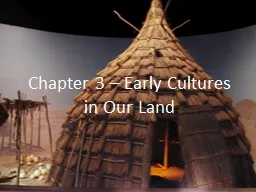
![[ 1.1 ] The Early](https://thumbs.docslides.com/235482/1-1-the-early.jpg)


